Are you frustrated that your students are not completing their assignments right now as you navigate the new world of online or hybrid learning? Maybe they’re not engaging in your lessons? You can’t monitor what they’re doing as they learn from home, and can’t offer the same amount of support you would “pre-COVID”. If this sounds like you, you’re not alone.
Student engagement and motivation is challenging at the best of times, let alone when the world has turned upside down. Whether you are teaching online, face to face or hybrid, it’s a tough situation for all. Whichever model you are doing, the experience of education is all so different for students, as well as it is for you. I’m hearing so many teachers saying their students are feeling unmotivated and lost right now, and I think a lot of the feelings of despair and lack of motivation have to do with the unfortunate uncertainty of the future that is now at play. The world as we know it has changed drastically, and it is incredibly challenging for students to navigate their place in it.
Keep reading or watch the video below, to learn ways in which you can help motivate and engage your students during these challenging times of online/hybrid learning.
Keep reading or watch the video below, to learn ways in which you can help motivate and engage your students during these challenging times of online/hybrid learning.
How to motivate students while teaching face to face during COVID, online or hybrid:
Motivating all your students is challenging as you cannot make your students feel motivated. So what do we do? It was Dwight Eisenhower that said: "Motivation is the art of getting people to do what you want them to do because they want to do it".
So the question then becomes, how can we get students to want to get motivated?
The first thing that comes to mind is getting right back to the very core: "The Why".
Simon Sinek is famous for his inspirational "Start with the Why" TED Talk; I recommend you take a few moments to pause and watch it below, even if you have already seen it in the past! It still continues to blow my mind:
So the question then becomes, how can we get students to want to get motivated?
The first thing that comes to mind is getting right back to the very core: "The Why".
Simon Sinek is famous for his inspirational "Start with the Why" TED Talk; I recommend you take a few moments to pause and watch it below, even if you have already seen it in the past! It still continues to blow my mind:
I believe if you follow Simon's model in helping your students get back to the very core of their "why", it could create a powerful shift for them in helping them feel more motivated to learn and succeed at school. What's more, when you encourage your students to do this and complete goal setting activities, the motivation then becomes personalised for every student, as we all know what works for one won't always work for another.
Also, while we may teach with our “why” in mind, our "why" isn't always aligned with our students'. This is why I believe it is important for students to reflect on their own reasons for wanting to get more motivated or succeed at school. Is it because they need particular skills/qualifications for a goal of theirs? Is it just so they can have something to focus on to keep their mind of their personal problems? Is it because they're competitive? Is it to prove someone wrong? And the list goes on!
Also, while we may teach with our “why” in mind, our "why" isn't always aligned with our students'. This is why I believe it is important for students to reflect on their own reasons for wanting to get more motivated or succeed at school. Is it because they need particular skills/qualifications for a goal of theirs? Is it just so they can have something to focus on to keep their mind of their personal problems? Is it because they're competitive? Is it to prove someone wrong? And the list goes on!
Our "whys" as teachers can tend to be because we want the best for their future, but their reasons could be wildly different, perhaps even superficial. The key I believe, is to not judge or necessarily even influence their "why". Hence, this exercise might be best as a personal project for them to reflect on and use as their driving force for boosting motivation. They might even be more honest if their "why" remains completely private - in all honesty, my opinion is that it doesn't matter what their reason is, providing it doesn't hurt anyone and ultimately helps them succeed!
If helping your student find their why in order to help them get motivated is something you are interested in doing with your class, you are welcome to check out this goal-setting journal and PowerPoint which guides them through this process:
If helping your student find their why in order to help them get motivated is something you are interested in doing with your class, you are welcome to check out this goal-setting journal and PowerPoint which guides them through this process:
Of course you want your students to be successful. You give them all the support you can, but you also know that you can only do so much. Your students need to meet you half way. The best way to do this is to encourage them to want more for themselves and their life so they take some ownership over their own goals and dreams.
Enter this ultimate guide to setting powerful goals and living your best life journal! With this resource, you will receive a 42 slide PowerPoint Lesson to help teach and guide your students to successful goal setting using a scientifically proven 7 step process which they can record in their very own ready to go journals. No prior knowledge or experience is necessary as the PowerPoint guides you through each step!
Enter this ultimate guide to setting powerful goals and living your best life journal! With this resource, you will receive a 42 slide PowerPoint Lesson to help teach and guide your students to successful goal setting using a scientifically proven 7 step process which they can record in their very own ready to go journals. No prior knowledge or experience is necessary as the PowerPoint guides you through each step!
You can print all or a selection of pages from this 21 page journal and bind or staple them together, or give students the digital version so they can type straight onto the document. By encouraging and teaching your students how to set effective goals, you will find they will start caring more about their future, focus more in lessons, become more conscientious and start living their best lives. But as with all things, your students need to keep reflecting on their goals all year long to ensure they remain focused and driven.
So empower your students, encourage them to get motivated and help them live their best lives today with this journal!
So empower your students, encourage them to get motivated and help them live their best lives today with this journal!
What if your students need some extra motivation incentives in the short term:
Sometimes, you might find you need a more short-term solution to boost student engagement in lessons, whether it be participation during online lessons or encouragement to complete assignments. Here are some ideas for short-term incentives to boost student engagement:
How do you currently take attendance during online or hybrid teaching? It can be challenging if your students are not obliged to turn on their cameras. How can you prove they are really present and engaging in the lesson? Some teachers ask students to verbally contribute, but what if they’re too shy or declare technical difficulties!
An effective way around this issue, is to use the question option on Google Classroom as a way of taking attendance and getting them to write down whatever question of the day you are requesting, for example, a response to a morning meeting question such as these. The reason you might find an increase in engagement with this method, is because some students might be uncomfortable with engaging in lessons online, especially if they are choosing to not be on screen. Thus offering them the opportunity to type their responses in private will encourage student engagement, and provides you with a convenient documented record of attendance too.
For a more thorough check in, you could also use Google Forms; you can use these pre-made ones for well-being if you choose, and you don’t need to be using Google Classroom as an LMS to use them. Checking in on your students’ well-being is a useful thing to do in general to see how they're getting on and whether they have things they want you to know, that they might not feel comfortable sharing during an online call in front of the whole class.
An effective way around this issue, is to use the question option on Google Classroom as a way of taking attendance and getting them to write down whatever question of the day you are requesting, for example, a response to a morning meeting question such as these. The reason you might find an increase in engagement with this method, is because some students might be uncomfortable with engaging in lessons online, especially if they are choosing to not be on screen. Thus offering them the opportunity to type their responses in private will encourage student engagement, and provides you with a convenient documented record of attendance too.
For a more thorough check in, you could also use Google Forms; you can use these pre-made ones for well-being if you choose, and you don’t need to be using Google Classroom as an LMS to use them. Checking in on your students’ well-being is a useful thing to do in general to see how they're getting on and whether they have things they want you to know, that they might not feel comfortable sharing during an online call in front of the whole class.
Another idea is to offer an incentive for participation during the lesson to encourage your students to remain focused on the call. For example, everyone who has engaged in the lesson in some way could get a reward at the end. Maybe a game of Among Us, a short video or a game of Kahoot!
If you find you would like more active participation from individual students during the lesson, you might find these distance learning digital rewards beneficial. When you wish to reward positive behavior or participation of your students, you can pull up either of the two Google Slides documents while sharing your screen online, and either share the link to the Slides with your students or get your students to call out for you to hit the space bar to freeze the screen and find out their reward. There is a regular text version or a special QR code option to add an extra air of mystery and excitement!
If you find you would like more active participation from individual students during the lesson, you might find these distance learning digital rewards beneficial. When you wish to reward positive behavior or participation of your students, you can pull up either of the two Google Slides documents while sharing your screen online, and either share the link to the Slides with your students or get your students to call out for you to hit the space bar to freeze the screen and find out their reward. There is a regular text version or a special QR code option to add an extra air of mystery and excitement!
It is then up to them when they choose to cash in their prize. You will also receive a quick sheet to record once they have won a reward so you can simply tick off what they won and when they cashed it in.
The students love having the excitement of the “lottery”, and celebrating in class is also really motivating for the rest of the group too. So set up a modern and free reward system for distance learning with this resource and really create a happy buzz in your classroom – your students will look forward to your online lessons and will be on their best behavior, allowing you to concentrate on teaching and their learning!
The students love having the excitement of the “lottery”, and celebrating in class is also really motivating for the rest of the group too. So set up a modern and free reward system for distance learning with this resource and really create a happy buzz in your classroom – your students will look forward to your online lessons and will be on their best behavior, allowing you to concentrate on teaching and their learning!
To conclude:
Student engagement, motivation and participation were challenging at the best of times, and now with teaching in the COVID era, many classrooms whether online, hybrid or face to face, are now seeing these challenges exasperated. However, there are some ways you can help pull your students out of the despair many of them are experiencing. Finding their why through guided journaling and short-term incentives can help students navigate this new world of education as we know it, as the world battles a pandemic.
A special freebie for you:
| To help you get started, I am offering you a free Initial Remote Learning Google Form Check In. Gain an understanding on your student’s learning environment at home. In your classroom you can control the learning environment, but once it comes to remote learning that is out of your hands. Learn what kind of device, internet access and study space they have as well as what their initial concerns are. This will help you determine what you need to do to meet the needs of your students as they juggle the challenge of remote learning from home. Download this for free today! |
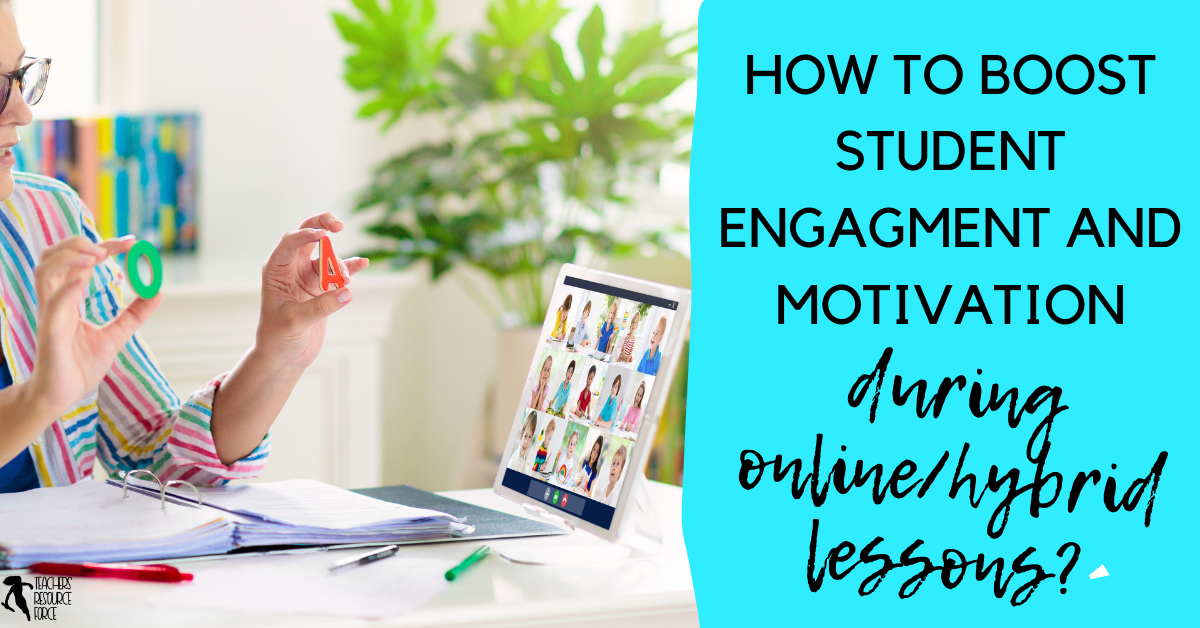
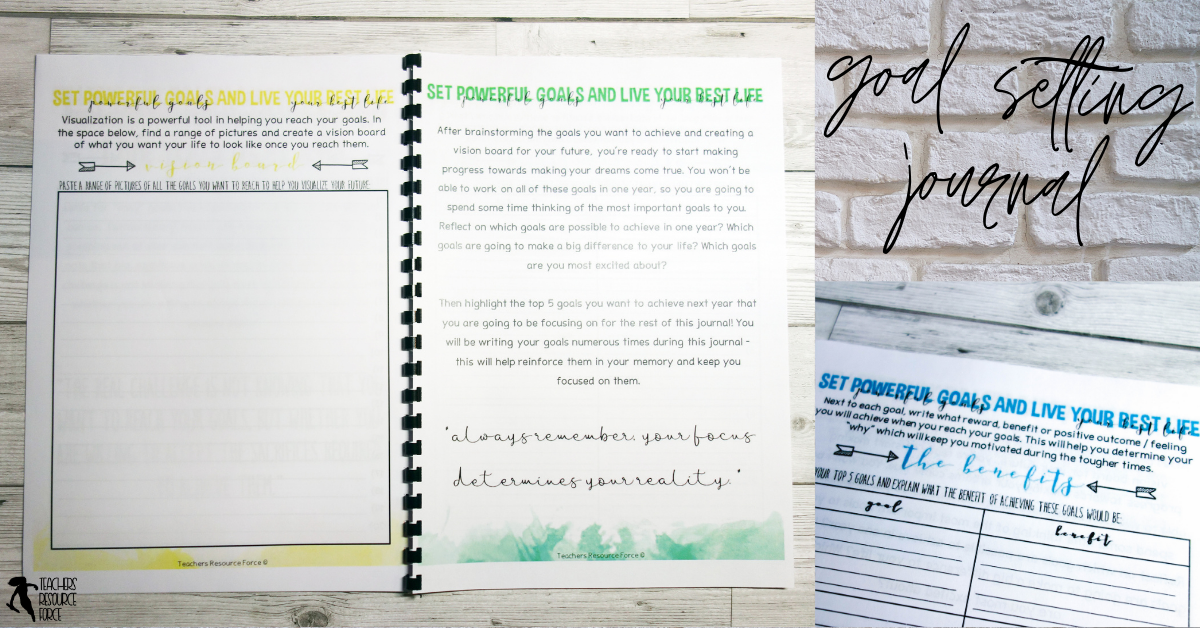
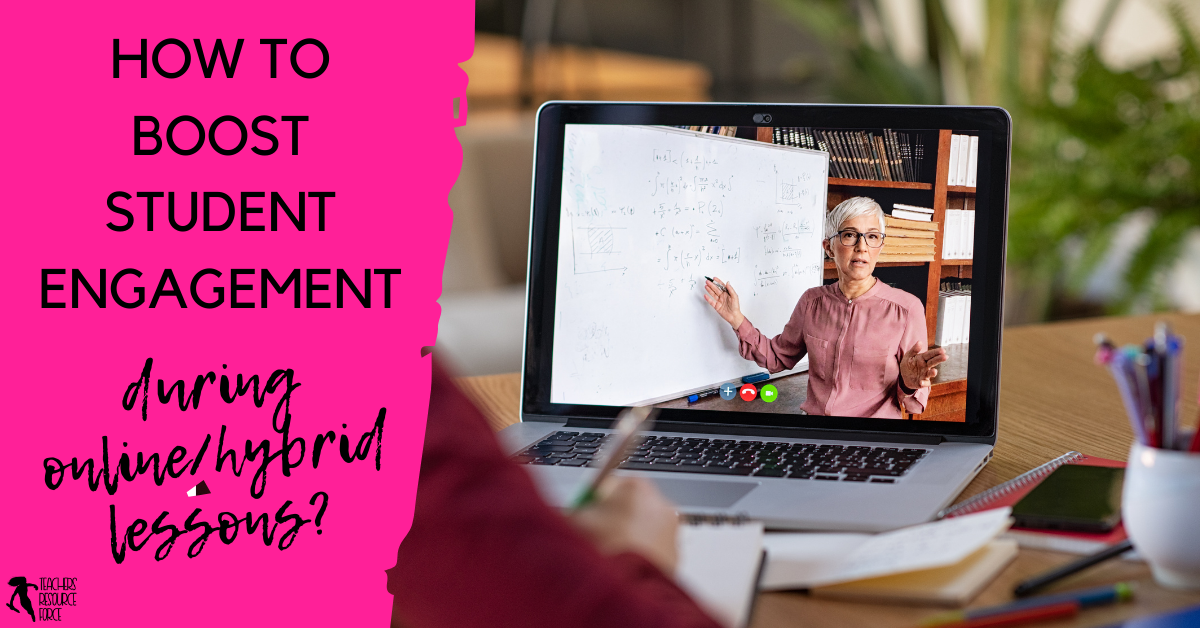
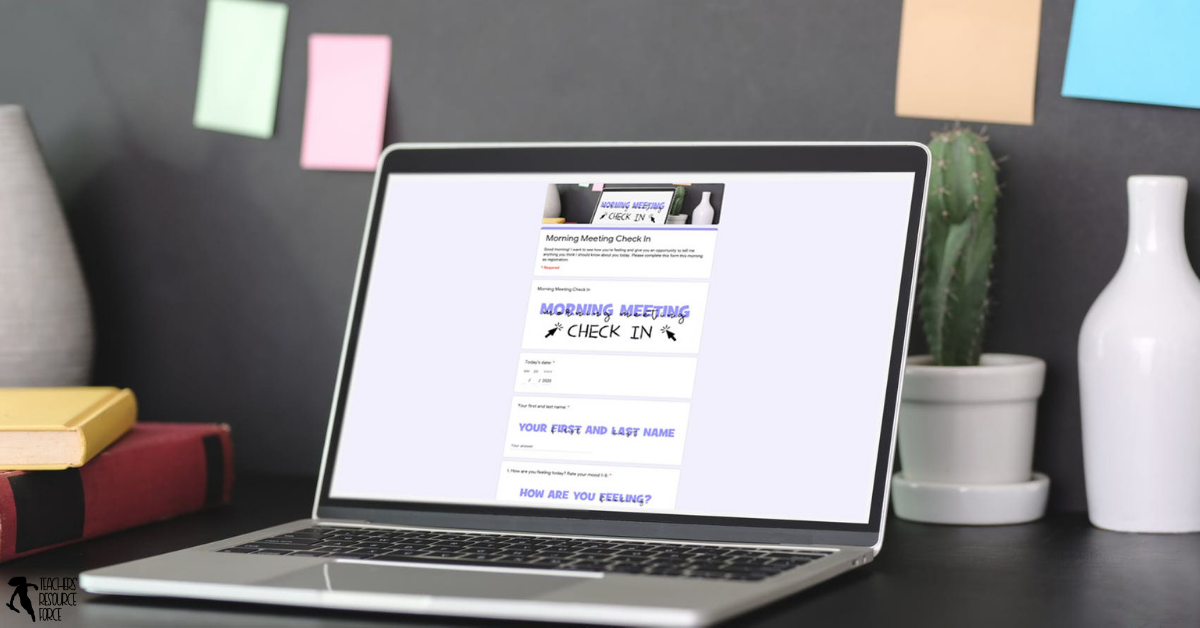
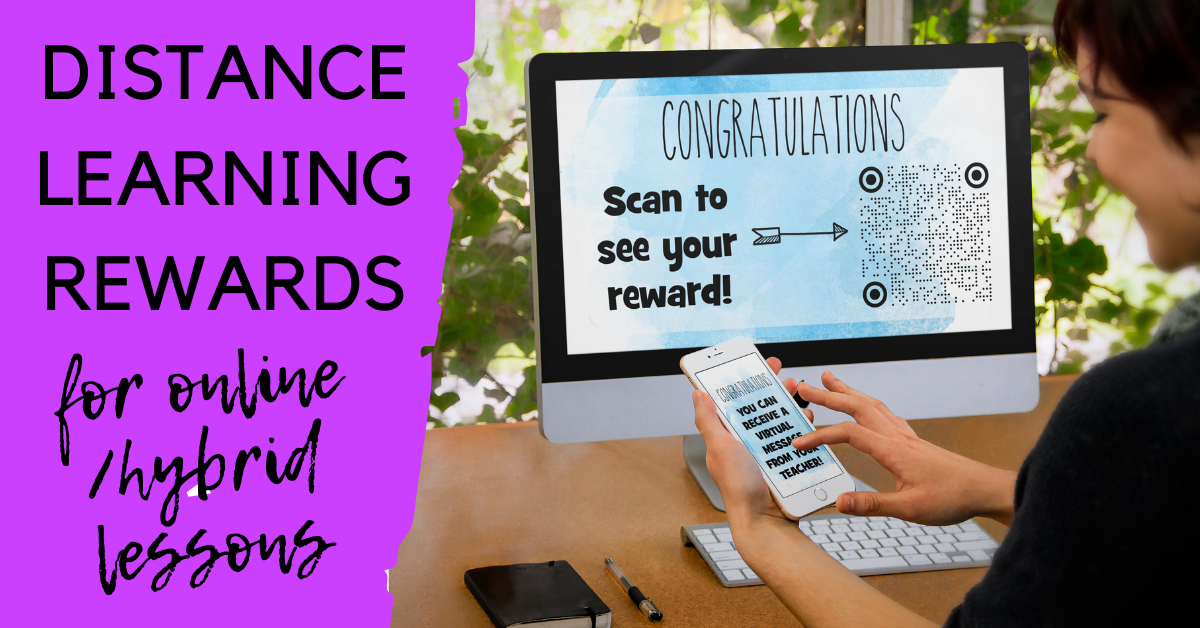
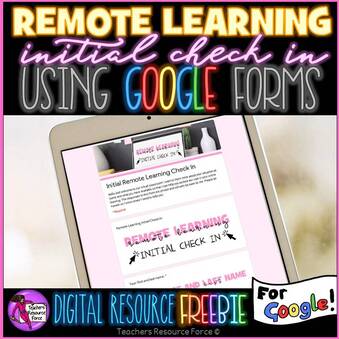


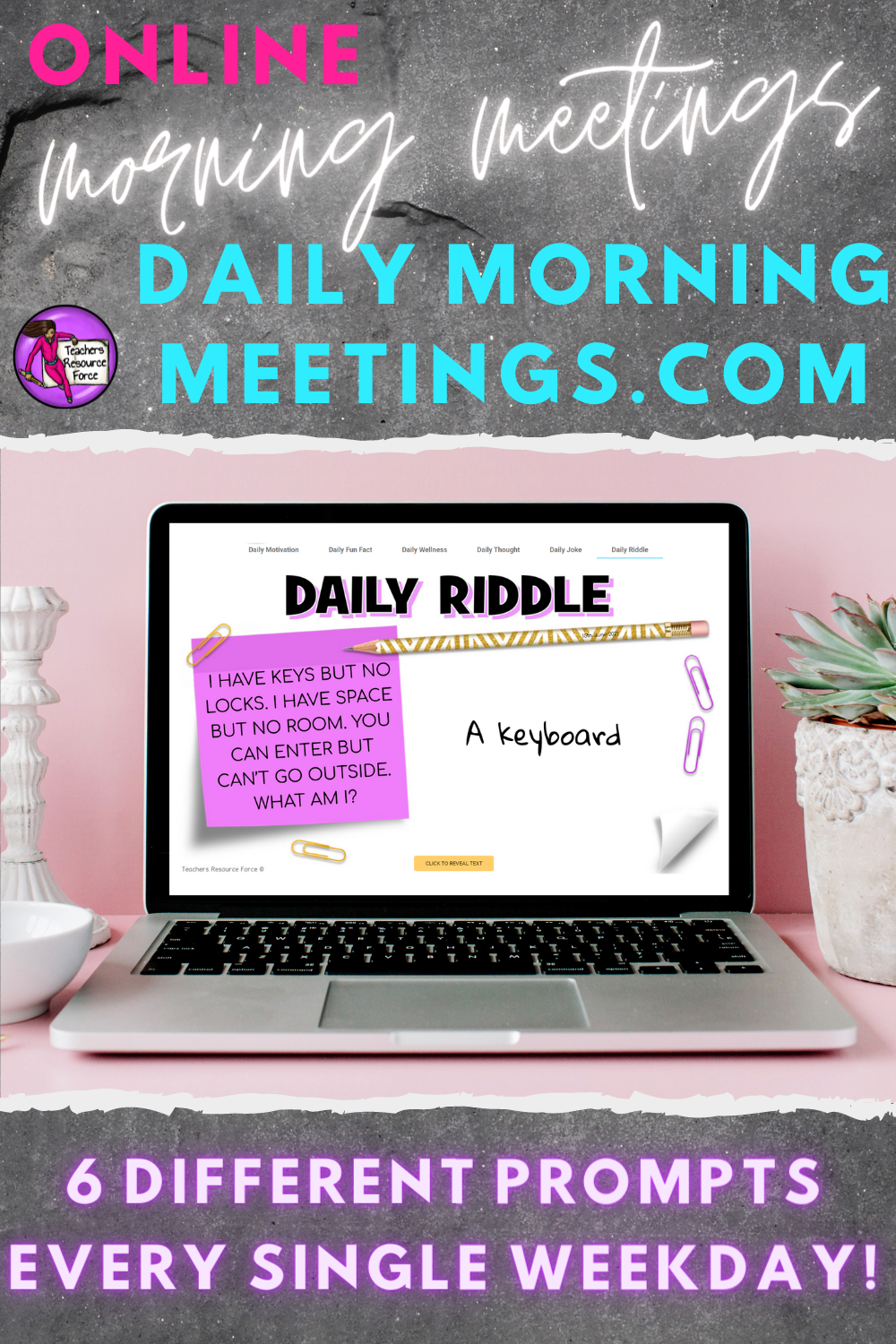

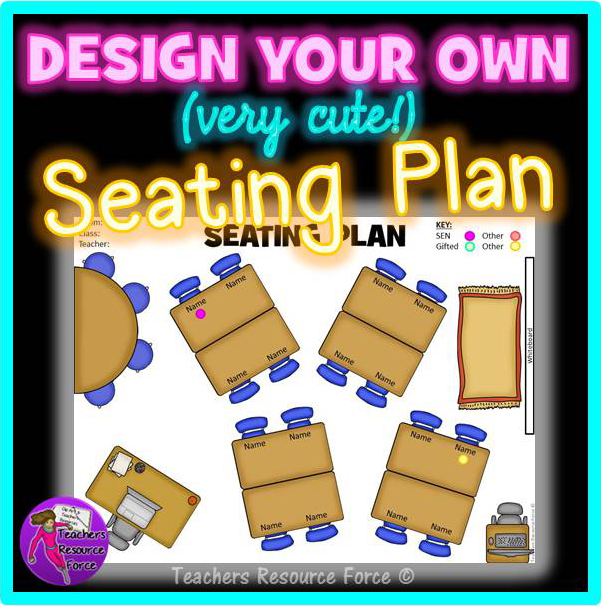
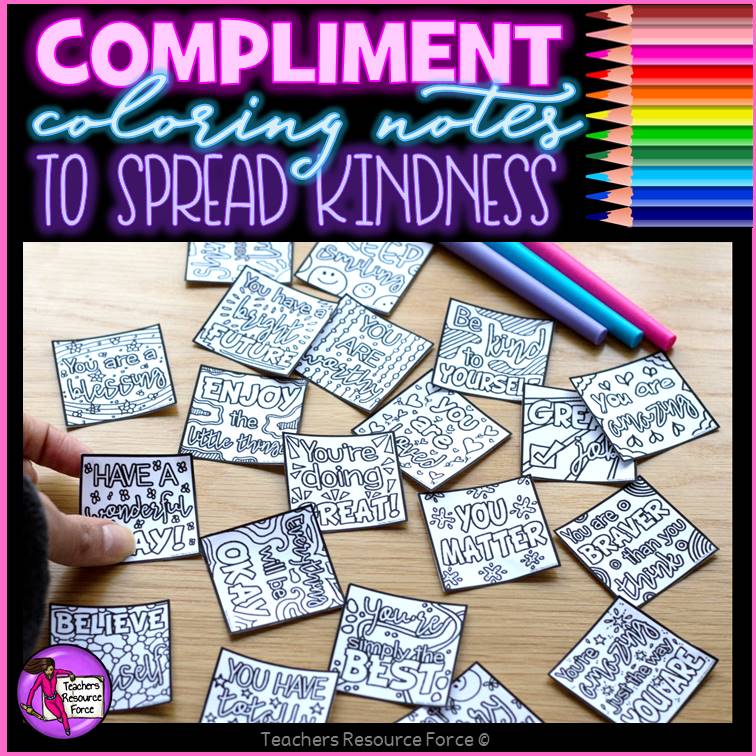
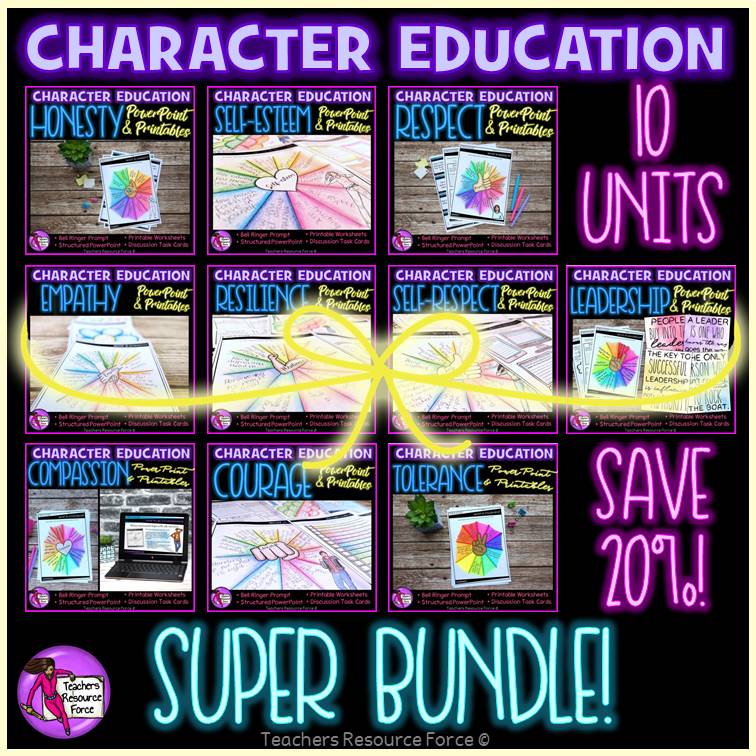
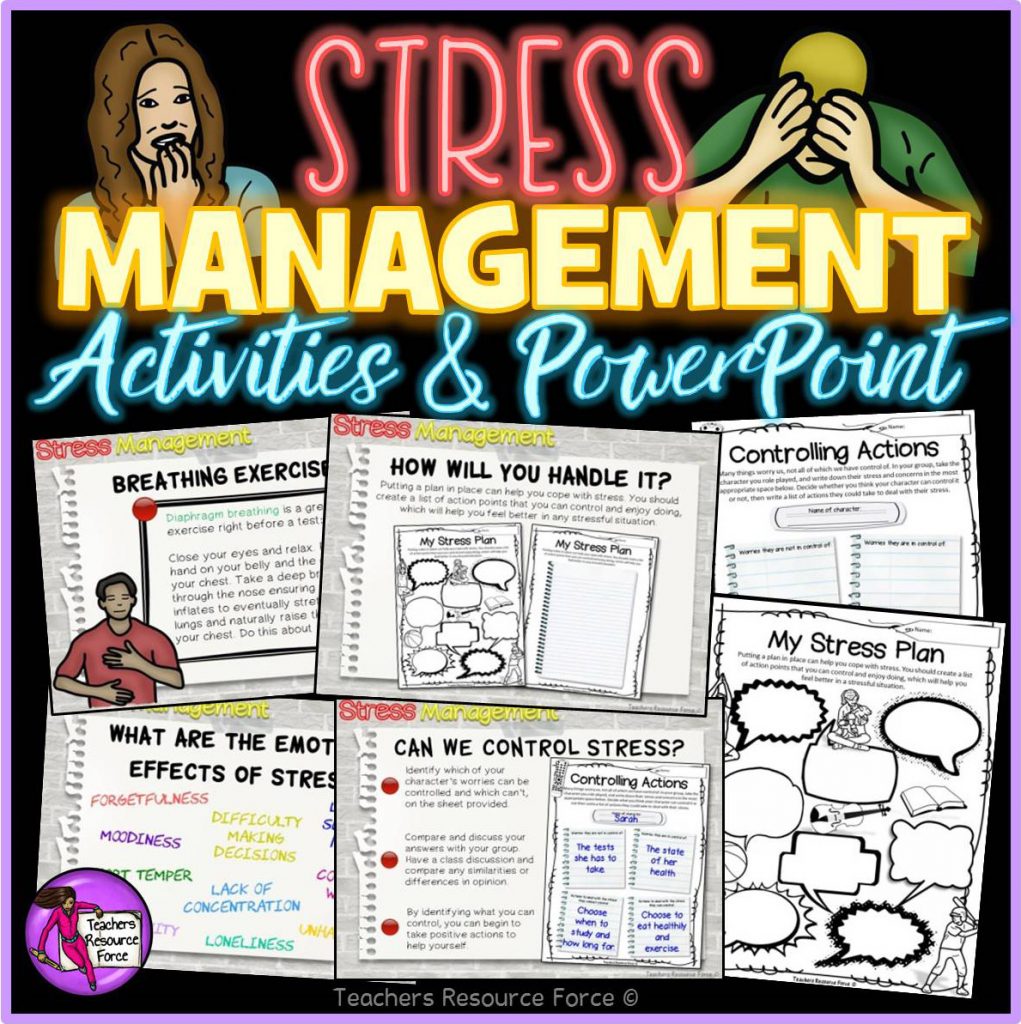
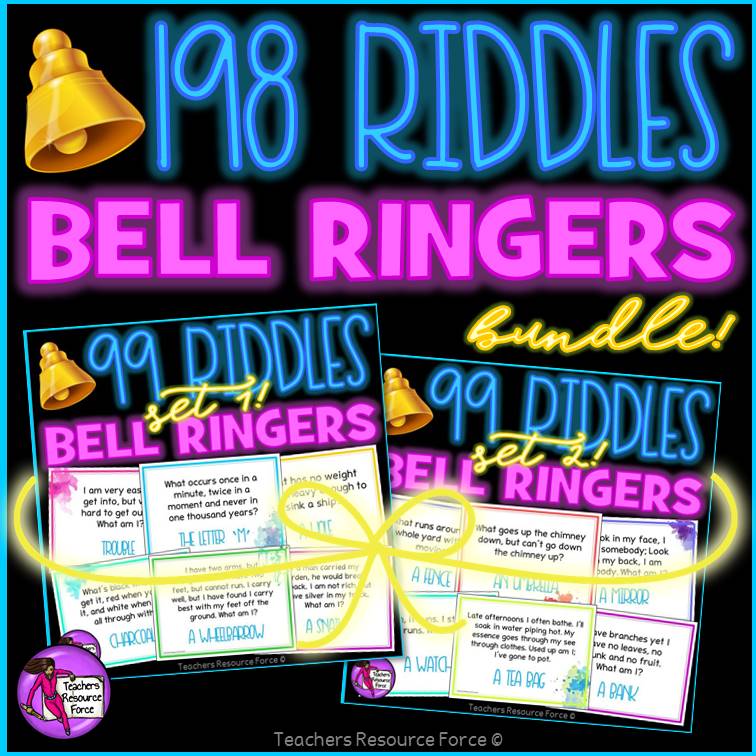
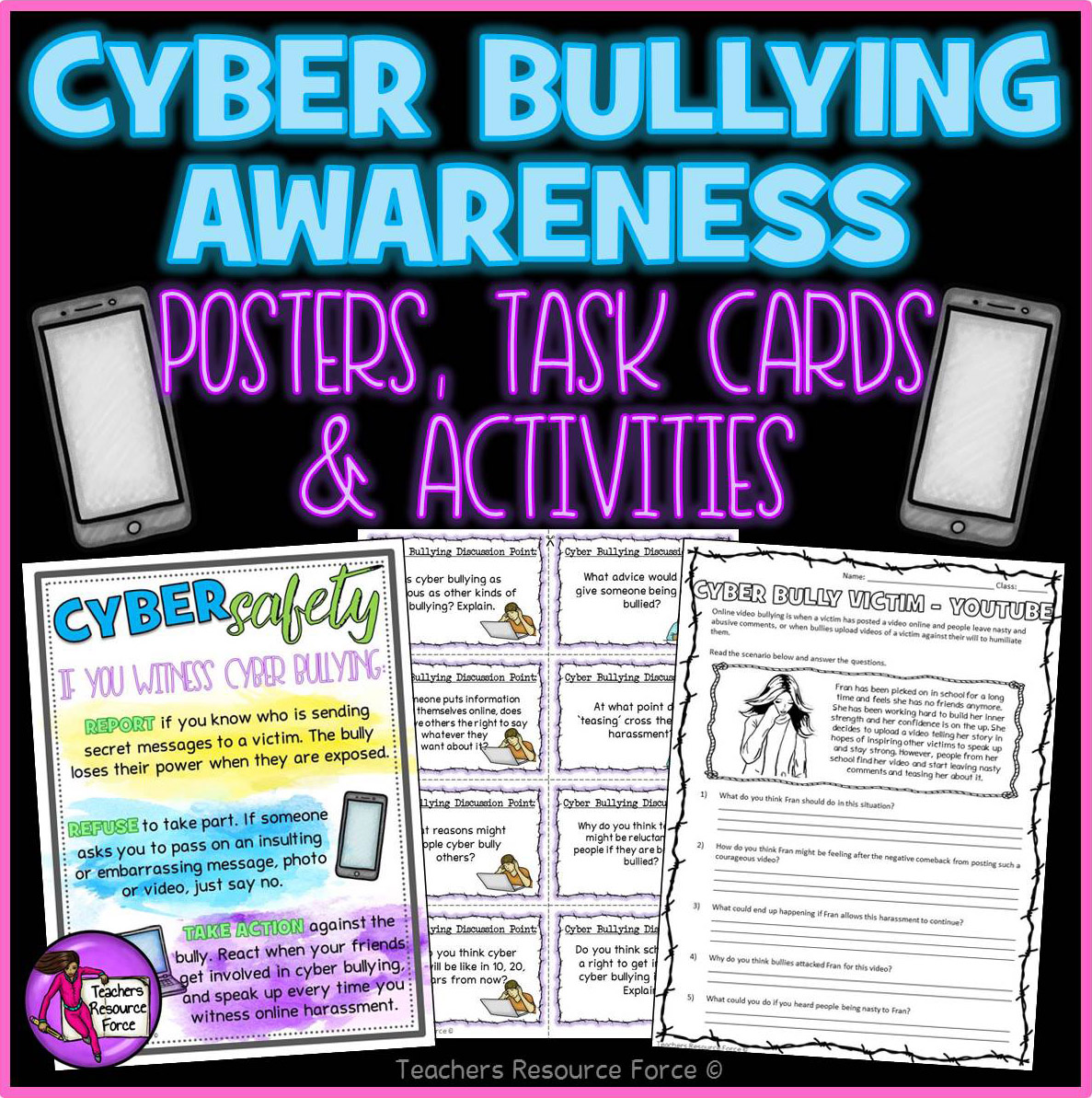





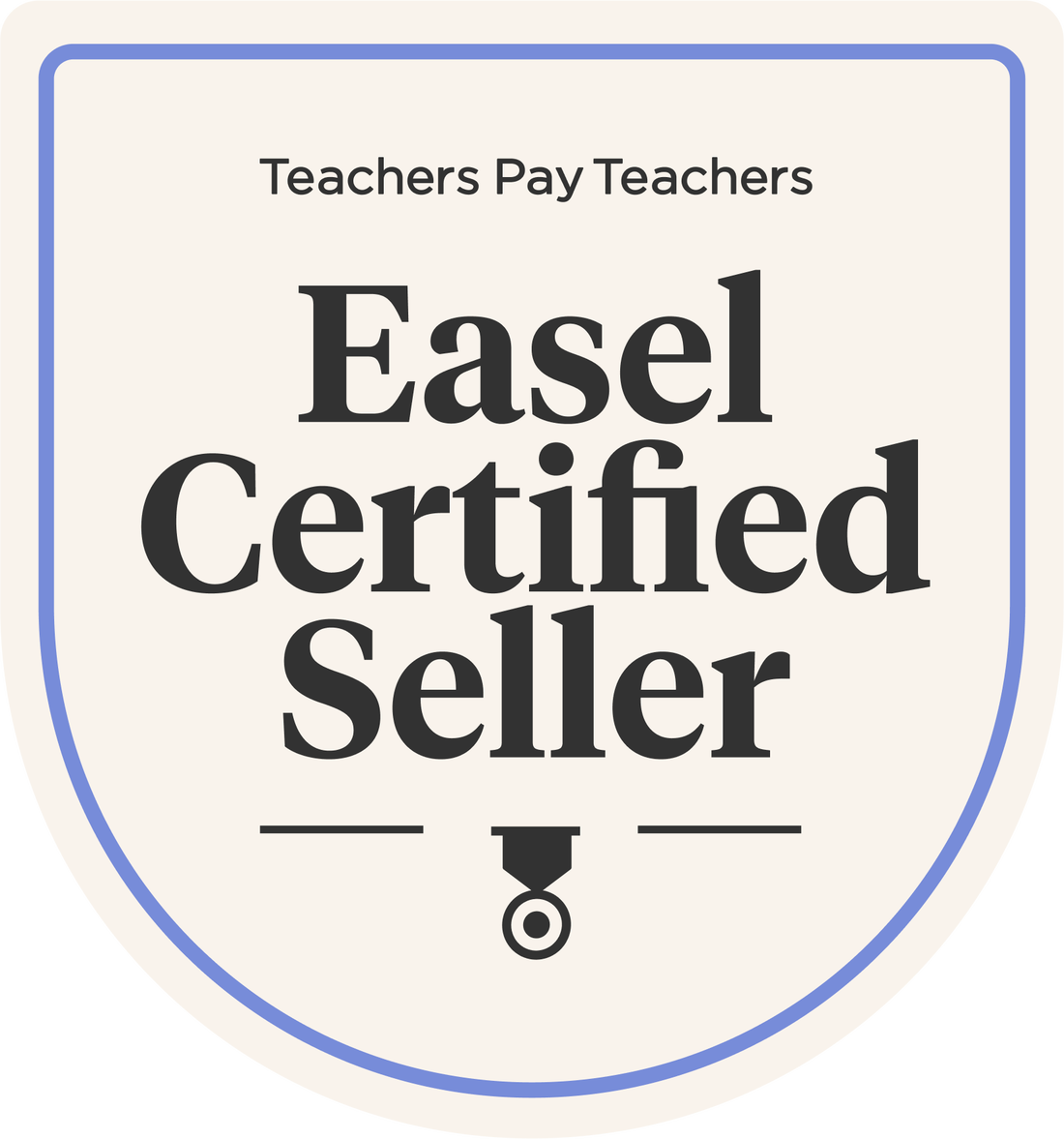
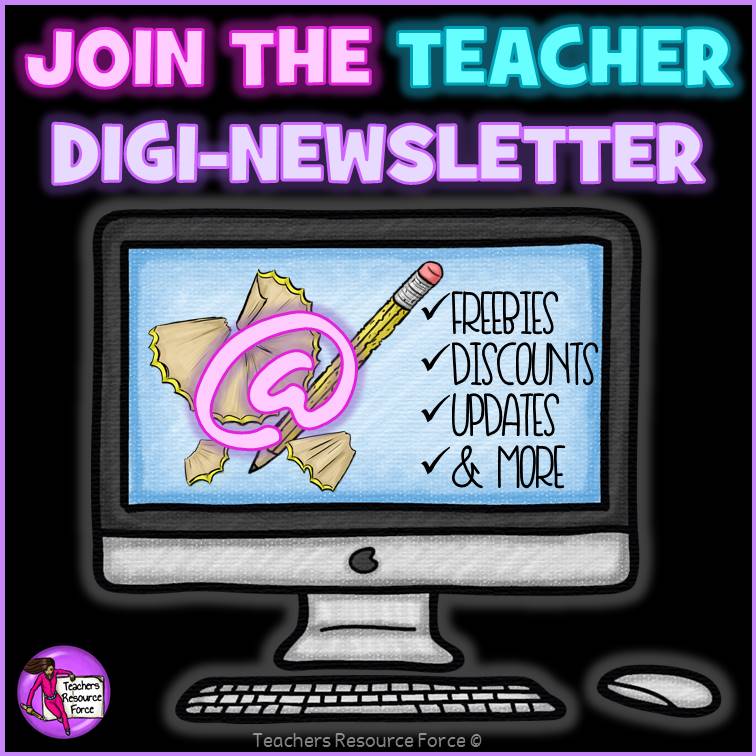

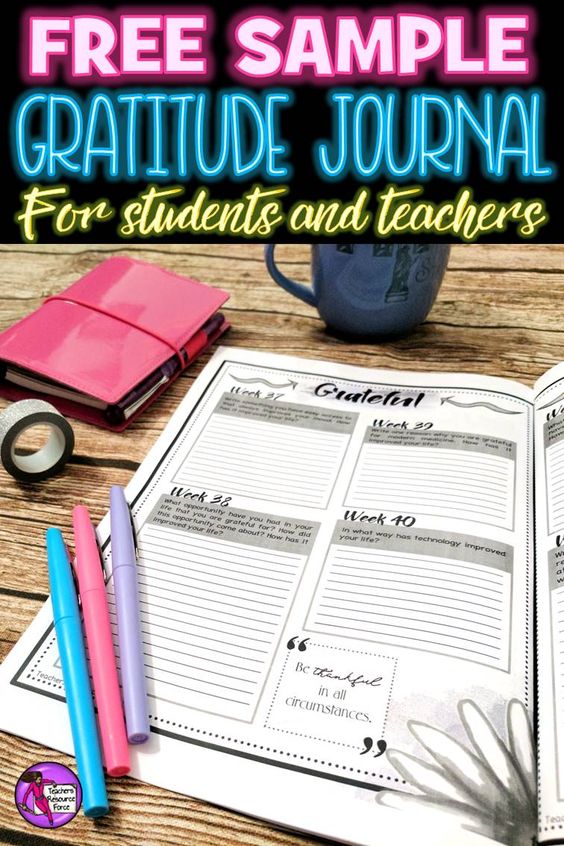
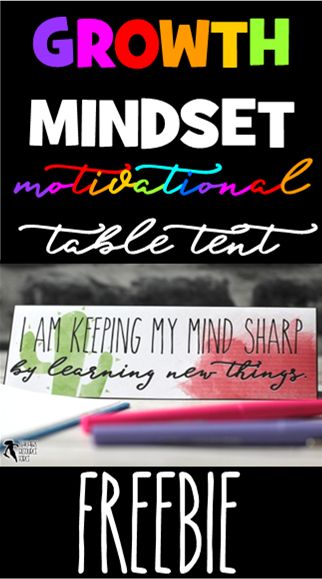

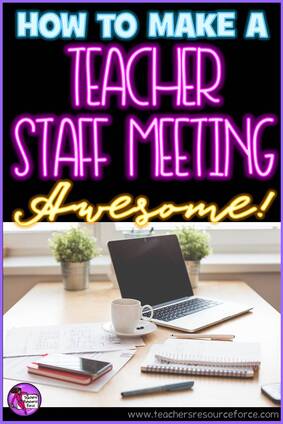

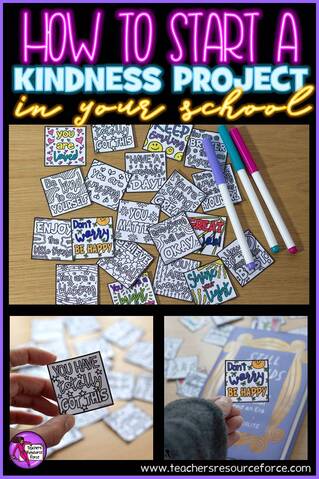

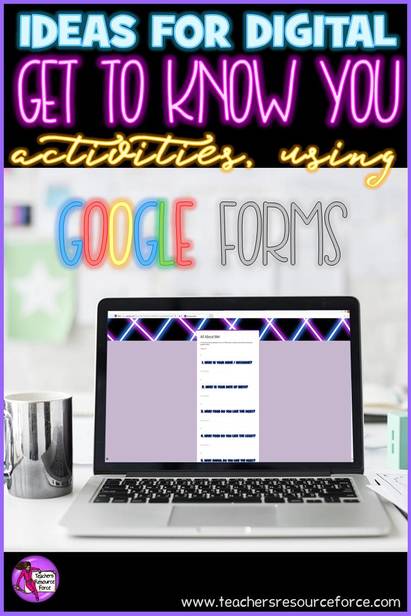
 RSS Feed
RSS Feed



